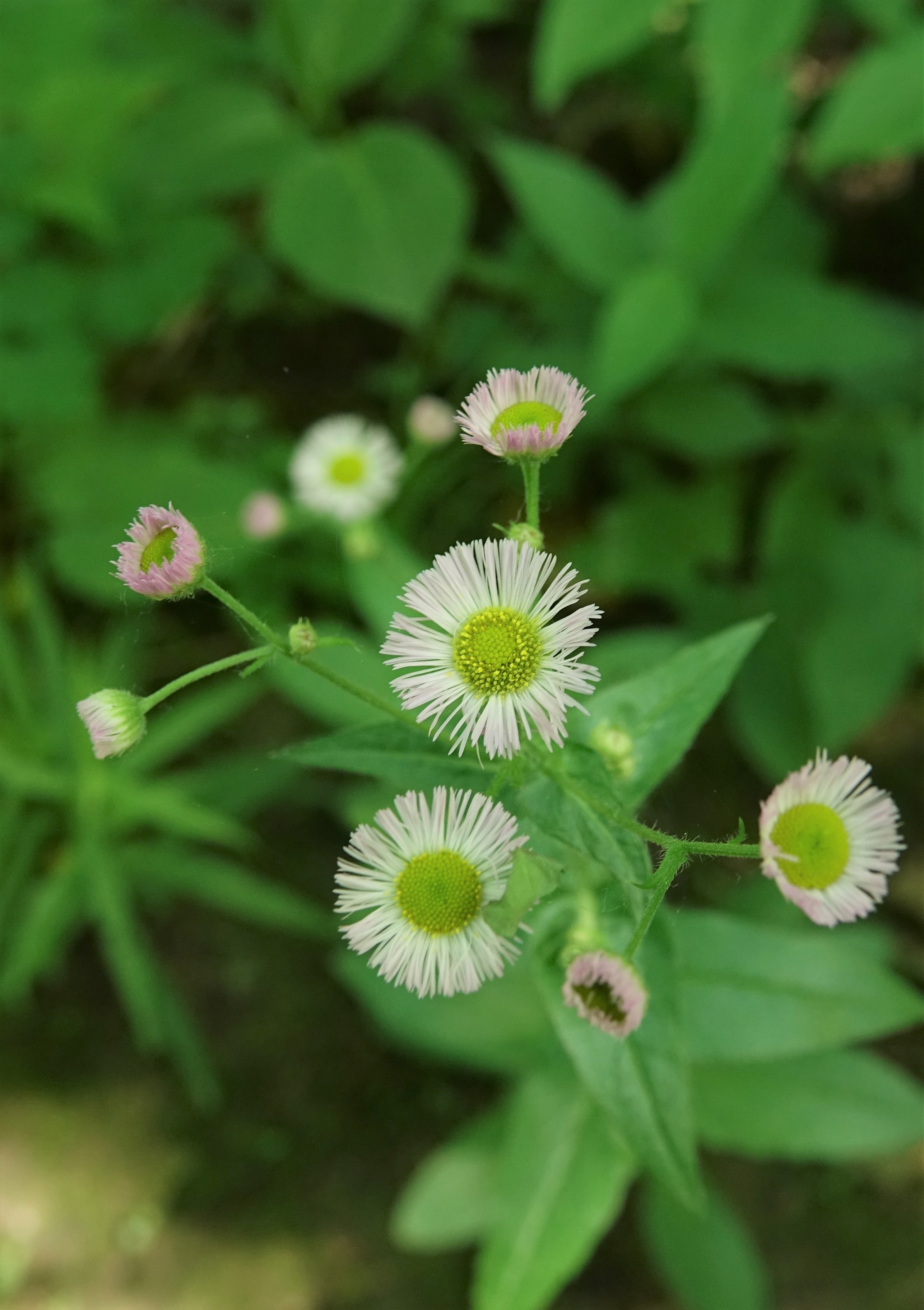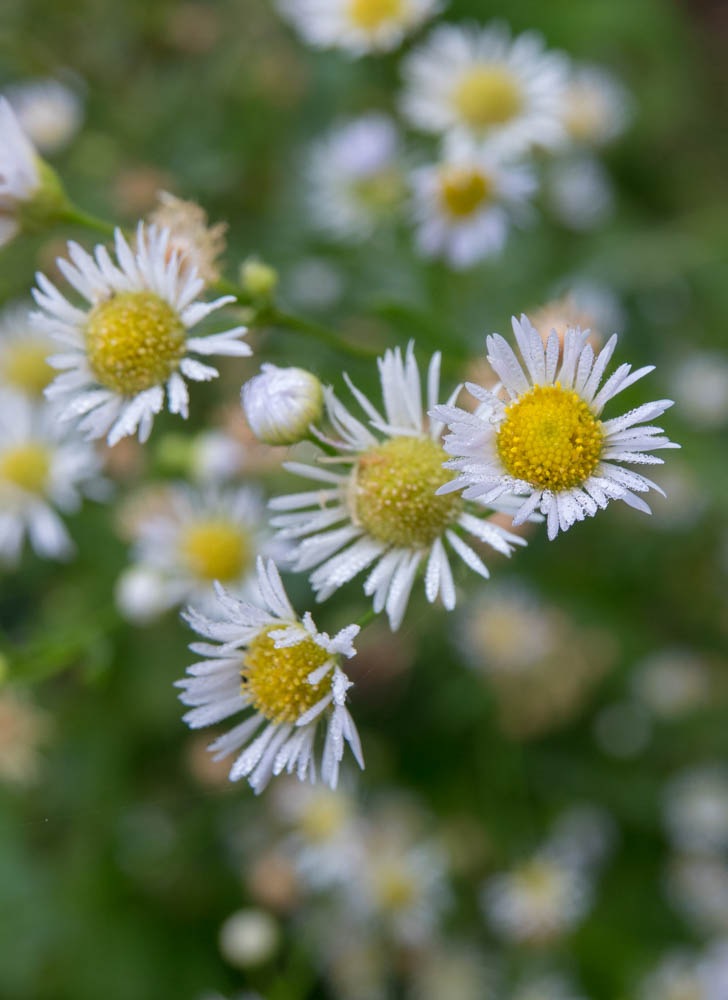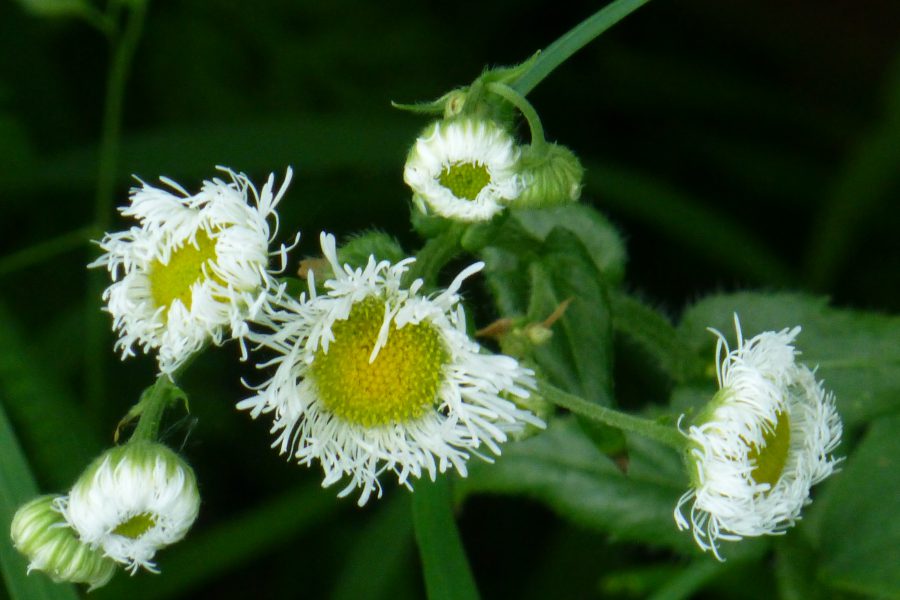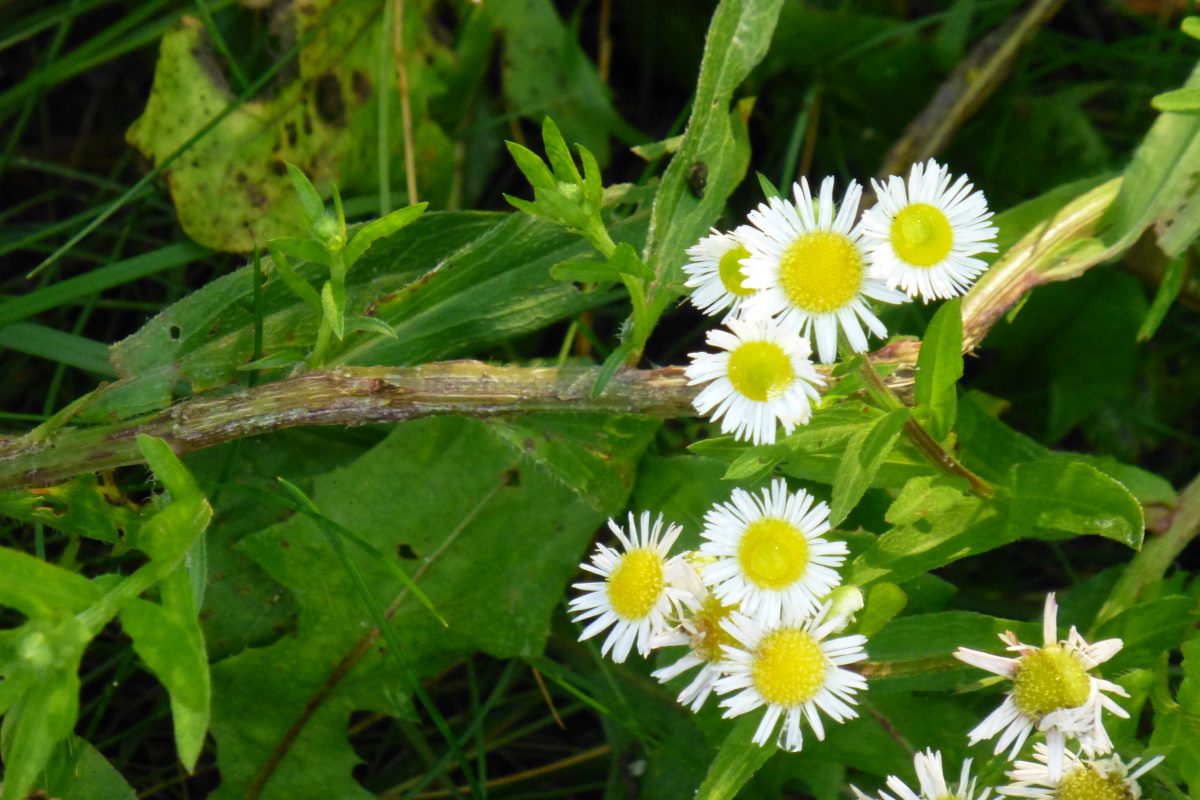David Fallis has put together a book for family members called One Hundred Flowers of Bruce Beach. I thank him for allowing me to share it in Friends of Miles.
In each post, I will include David’s original photo and text plus a few of my own photos.
Here are David’s words:
This book began as a very private project to have pictures of and brief comments on some favourite flowers at Bruce Beach (mostly wildflowers, although a couple of showy tree flowers have been included). In its first single-copy incarnation, I merely xeroxed pictures out of various field guides and flower books, without asking any permission of the original photographers. Then my wife, Alison suggested that, even though I am no photographer, I should attempt to take pictures of the flowers on my own small camera. Skeptical at first, I have had an enjoyable few seasons trying to find flowers at their peak of blooming, in decent light, from spring to autumn, to have images which I could rightfully reproduce.
COMMON FLEABANE
Erigeron philadelphicus
Composite Family

This is a frequently encountered flower on the roadsides in late spring and early summer. The common name derives from an old belief that the dried flowers were effective against fleas; in North America it is frequently found in 19th-century herbals as a cure for fever and diarrhea. Erigeron comes from the Greek eri – early, and geron –old man, meaning, I guess, that the flowers come early, and look a bit like an old man’s bald head.



Why do we find flowers beautiful? First of all, it should be said that generally we are impressed by only some flowers. There are many flowering plants at Bruce Beach, trees, grasses and reeds especially. which have small flowers without much richness of colour. These are flowers which mostly depend on the wind to carry pollen from the stamens to fertilize the ovary in the stigma. We don’t pay them much attention (although I will say they are every bit as interesting if you take the time to look at them up close, but they are beyond my photographic capabilities). But more importantly, not only do we not pay them much attention, neither do insects. Once flowers evolved so that they were designed to attract insects to ensure cross-pollination, then all those attractive and distinctive features of flowers, especially their symmetry, their colour and their scent, became paramount. Bright colours which stand out against a mass of green leaves, large enough size for a bee or wasp to have a decent landing pad, fragrant nectar to reward the forager, all these things become part of showy flowers. And interestingly, what insects find attractive, so do we, perhaps because if we notice flowers, we know where to look for fruit to eat later in the season.
